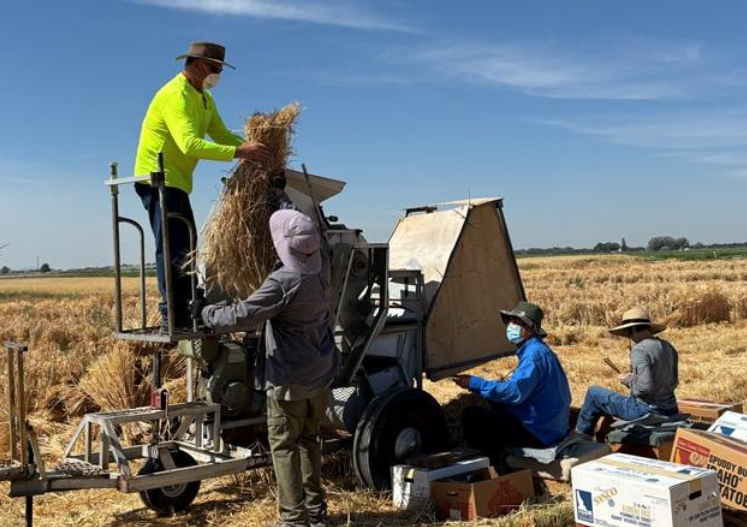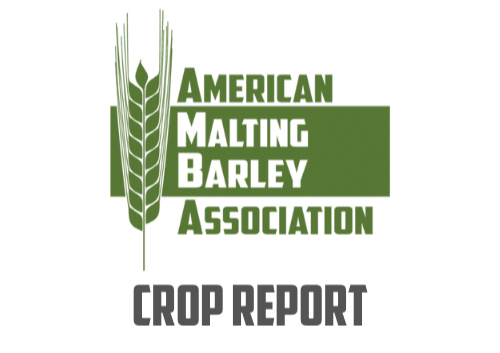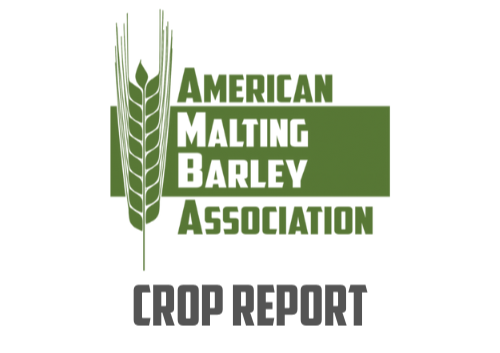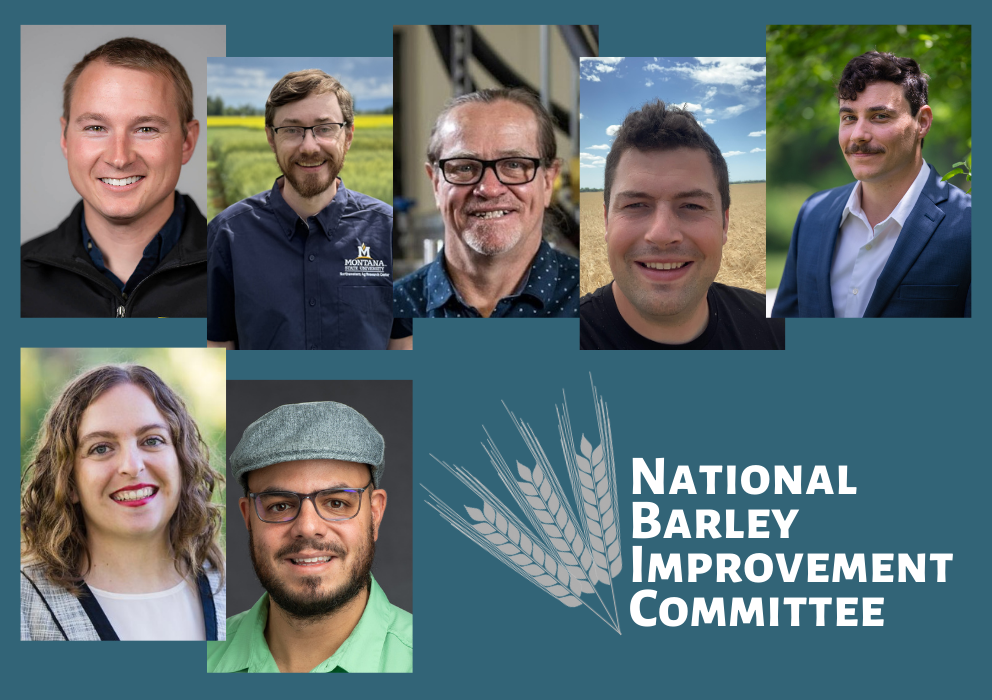
Vintage and wild barleys provide a rich source for new variety traits
This article is the first in the series, Why ARS Matters, which highlights the incredibly important barley research done by the USDA Agricultural Research Service.
----------------------------------------------------------------------------------------
Article by Kathy Esvelt Klos, Research Geneticist, USDA-ARS Small Grains and Potato Germplasm Research Unit and Neha Kothari, USDA-ARS National Program Leader for the National Plant Germplasm System
Barley breeders have made tremendous advances in yield, agronomics, and quality since the early 20th century. However, the genetic pool for modern varieties has become much shallower as breeders target good gene combinations within their program’s germplasm. Potentially useful genes, lost to breeding through the years, may still be hiding within vintage or wild barley cultivars.
The USDA-ARS National Small Grains Collection (NSGC) maintains 31,212 cultivated and wild barleys as a resource for barley improvement. In 2024 alone, seed of 3,100 types of vintage cultivated barley and 2,142 of wild barley were requested and sent to scientists and breeders with the potential to influence characteristics of new barley varieties decades from now.
The two-row winter malting varieties “Charles” and “Endeavor”, developed by the USDA-ARS breeding program at Aberdeen, Idaho, provide examples of how the NSGC contributes to barley improvement. Progenitors of these varieties included NSGC winter barley accessions “Malta” (PI 345518) in the Charles pedigree, and “Carstens” (PI 197623) in the Endeavor pedigree. Charles was the first two-row winter malting type approved by AMBA and was used, in turn, as a parent to develop the Oregon State University variety “Thunder”.
Pre-breeding work by USDA-ARS scientists at Aberdeen incorporated unique traits from the NSGC into improved lines for use by breeders of barley varieties. They recently found genes that enhance resistance to barley stripe rust disease in germplasm from Ethiopia. Crossed with an elite malting line the offspring carries good barley stripe rust resistance, and future breeding efforts will focus on bolstering yield as well.
Most recently, this program has screened vintage barley and wild barley accessions to find sources of new genes for winterhardiness and resistances to barley stripe rust, bacterial leaf streak and Hessian fly. USDA-ARS scientists will test these genes to learn if they are different from those already in elite cultivars. If so, the NSGC accessions will be used as parents to produce germplasm for barley breeders that may lead to new or improved traits for future, elite barley varieties.
----------------------------------------------------------------------------------------
The National Small Grains Collection (NSGC) is a component of the National Plant Germplasm System (NPGS) of the United States Department of Agriculture - Agricultural Research Service (USDA-ARS). The NSGC is an active germplasm collection (or genebank) that maintains collections representing global diversity of the small grains; including wheat (Triticum), barley (Hordeum), oat (Avena), rice (Oryza), rye (Secale), triticale (X Triticosecale), and various wild relatives (including Aegilops). The start of the NSGC began back in 1897, but was moved to its current home in Aberdeen, Idaho in 1988. The NSGC is critical infrastructure for the U.S. agricultural industry.
Image: USDA-ARS technicians harvest National Small Grains accessions grown at Aberdeen, Idaho for renewal and maintenance in 2025. From left to right: Scott McNeil, Ian Fullmer, Weidong Zhao, Athena Klos.





.png)



